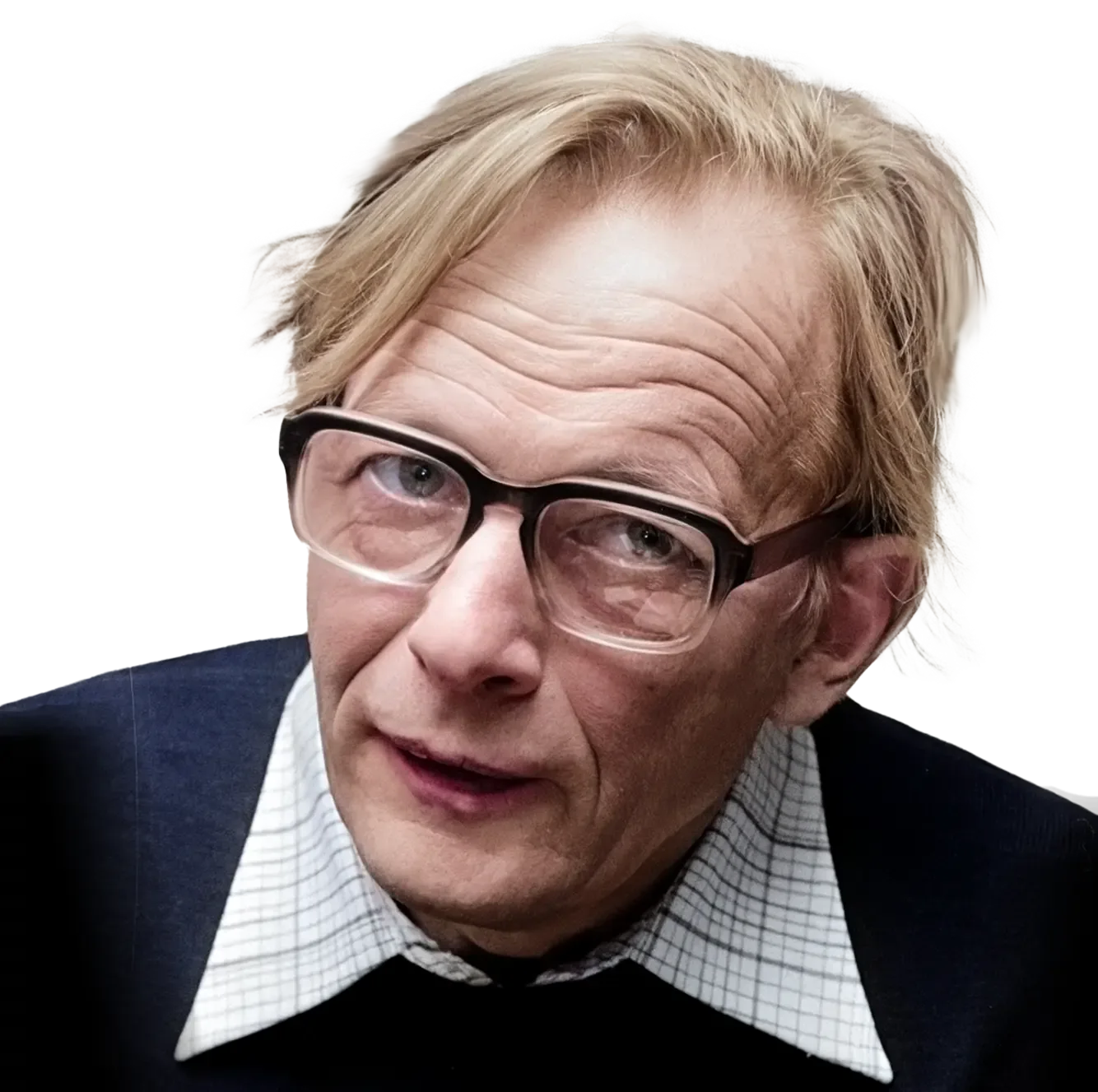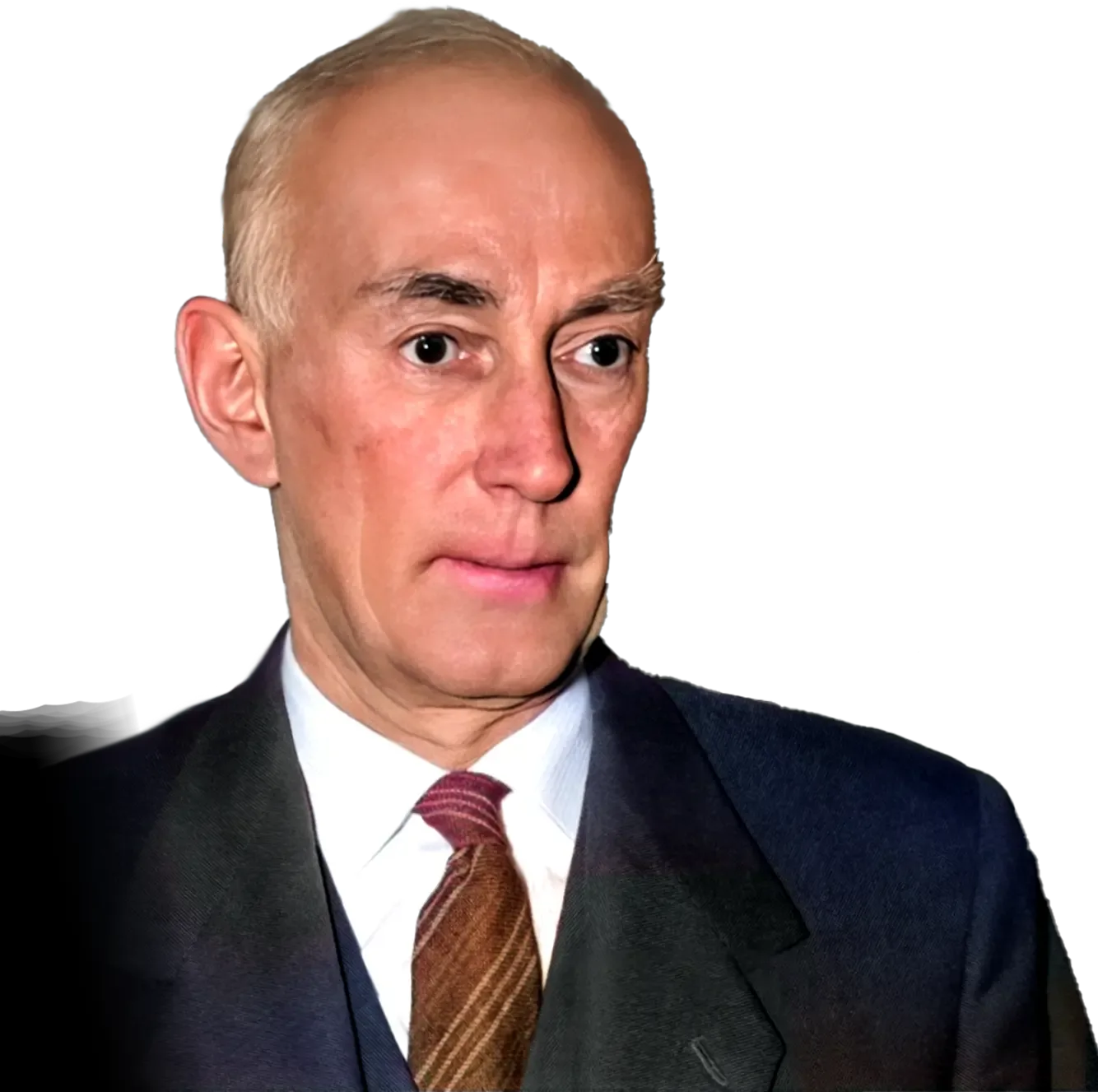At the end of World War II, American researchers discovered mysterious radio signals that did not originate from the Earth but from the Universe. The signals they intercepted were a kind of white noise that disturbed international radio transmissions and played havoc with radar signals.
The Americans asked Leiden Professor of Astronomy Jan Hendrik Oort to investigate. The Utrecht student Henk van de Hulst – who would later follow in Oort’s footsteps as Leiden professor –already had some ground-breaking work to his name on the scattering of light by small particles in the Universe.
Hydrogen atoms
Oort submitted the problem to Van de Hulst who went on to solve the enigma in 1944. The radio emissions turned out to be caused by hydrogen atoms in the Universe. Shortly after the war, Van de Hulst and Oort built special radio receivers for PTT and Phillips that allowed them to capture and analyse these signals.
To do so they used old radar antennas left behind by the German occupiers. These receivers marked the birth of radio astronomy and the construction of large radio telescopes first in Dwingelo, and later in Westerbork. Oort was the driving force behind this project, together with the ever modest Van de Hulst.
Listening
The result was a massive scientific revolution: up until this time, researchers had only been able to observe the Universe with their own eyes and with ‘regular light’, but now radio emissions made it possible to ‘listen’ to the Universe. Thanks to the introduction of this new field of study, the Netherlands remains to this day a leading nation in the field of astronomy.
Just like Oort, Van de Hulst was wedded to Leiden. Following his retirement in 1984, he continued to work on his research. Van de Hulst died in Leiden in 2000.


